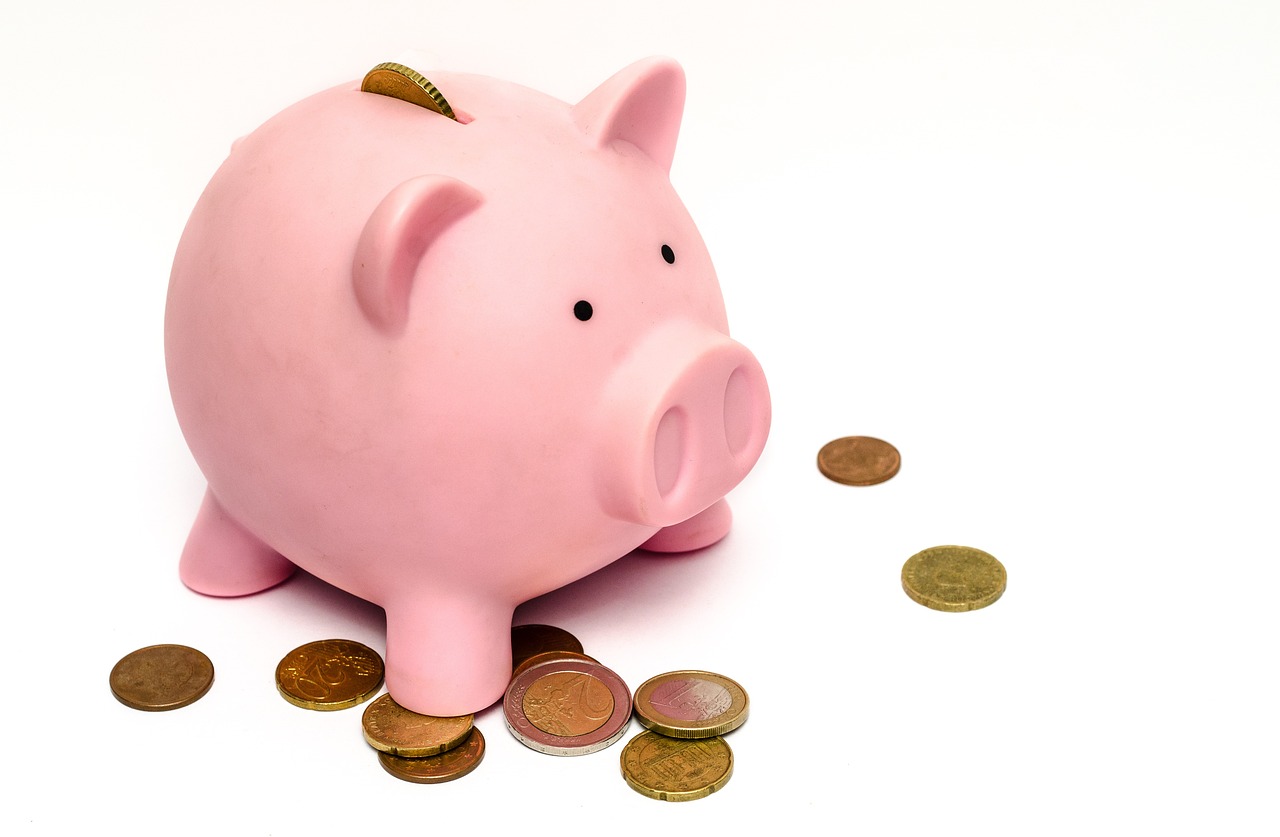An emergency fund is one of the cornerstones of financial stability, offering a cushion for life’s unexpected events. From sudden medical bills to urgent car repairs, unforeseen expenses can disrupt your financial well-being. Building an emergency fund is not just about saving; it’s about creating a safety net that provides peace of mind and protects you from the unpredictable nature of life. In this article, we’ll explore why having an emergency fund is crucial and provide actionable steps to help you start building one today.
Why an Emergency Fund is Crucial
An emergency fund acts as a financial safeguard, protecting you from unforeseen expenses that could otherwise lead to financial hardship. When life throws unexpected challenges your way—whether it’s a sudden job loss, a medical emergency, or urgent home repairs—a well-established emergency fund ensures you’re not caught off guard. Without this cushion, you may have no choice but to rely on credit cards or loans, leading to unnecessary debt accumulation and long-term financial stress.
Having an emergency fund also alleviates the pressure of living paycheck to paycheck. It provides a sense of financial security, knowing that you’re prepared for life’s unexpected twists and turns. The peace of mind it offers can also reduce anxiety about money, allowing you to focus on long-term financial goals without worrying about the next financial crisis.
How Much Should You Save for an Emergency Fund?
The amount you need to save for your emergency fund varies based on your lifestyle and circumstances. A general rule of thumb is to aim for three to six months’ worth of living expenses. This ensures that you’ll have enough to cover essential bills, such as rent or mortgage payments, utilities, groceries, and insurance, should you experience a financial setback.
However, this target amount isn’t one-size-fits-all. If you have dependents or unique financial obligations, you may want to save more. Alternatively, if you live in a low-cost area or have a stable income source, you may not need to save as much. Tailoring your savings goal to your specific needs is key to creating a practical emergency fund.
Where to Keep Your Emergency Fund
Choosing the right place to store your emergency fund is crucial to ensuring it remains accessible when you need it. High-yield savings accounts are a popular option because they offer both liquidity and a modest interest rate, allowing your fund to grow while remaining easily accessible. Many online banks offer competitive rates, making them an attractive choice for emergency savings.
Money market accounts and certificates of deposit (CDs) can also be considered, though they come with trade-offs. Money market accounts often offer higher interest rates than regular savings accounts, but they may have higher minimum balance requirements. CDs, on the other hand, provide a fixed interest rate for a set period, but withdrawing funds before the term ends typically incurs a penalty. When choosing where to store your emergency fund, balance accessibility with potential growth to maximize your savings.
Steps to Start Building Your Emergency Fund
Starting an emergency fund might seem daunting, but with a structured approach, you can build your safety net gradually. Begin by setting a realistic savings goal. It’s essential to start small and increase your savings over time as your income allows. Break down the total amount into manageable monthly or weekly contributions to stay on track.
Automating your savings is a powerful strategy for ensuring consistency. Set up an automatic transfer from your checking account to your emergency fund each payday. This approach eliminates the temptation to skip saving and makes the process seamless.
To accelerate your emergency fund growth, identify areas where you can cut unnecessary expenses. Review your monthly budget and eliminate or reduce discretionary spending, such as dining out or subscriptions you don’t use. Redirect these savings to your emergency fund to build it faster.
Common Mistakes to Avoid
While building an emergency fund is relatively straightforward, some common mistakes can derail your progress. One of the biggest pitfalls is using the fund for non-emergencies. While it may be tempting to dip into your savings for a new gadget or a vacation, remember that the purpose of this fund is to provide a financial cushion during real emergencies.
Another mistake is not adjusting your savings goal as circumstances change. Life is dynamic, and your financial situation may evolve. If you experience a significant life change, such as a new job, a move to a more expensive area, or an addition to your family, revisit your emergency fund goal and adjust it to reflect your new reality.
Summary: Building Financial Security One Step at a Time
Building an emergency fund is a key step toward achieving financial security. It protects you from life’s inevitable setbacks, reduces financial stress, and keeps you from accumulating debt in times of need. By setting realistic goals, choosing the right place to store your fund, and avoiding common mistakes, you can create a safety net that provides peace of mind and a solid foundation for your financial future. Remember, every step you take toward building your emergency fund brings you one step closer to greater financial freedom and stability.
Please like, comment, and share this article if you found it helpful and
informative.
For more news check out Big Town Bulletin News
For more from Big Town Bulletin check out Big Town Bulletin
Please like, comment, and share this article if you found it helpful and
informative.
For more news check out Big Town Bulletin News
For more from Big Town Bulletin check out Big Town Bulletin

